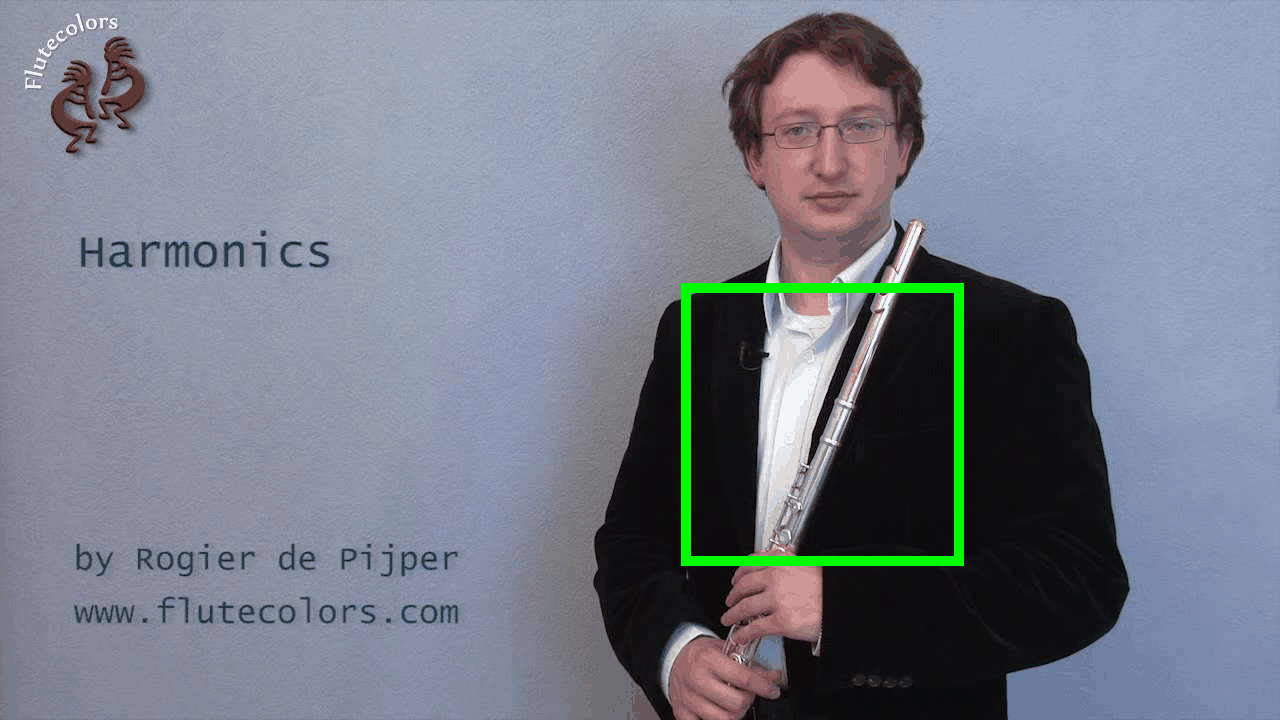AdaFocus V2: End-to-End Training of Spatial Dynamic Networks for Video Recognition
Recent works have shown that the computational efficiency of video recognition can be significantly improved by reducing the spatial redundancy. As a representative work, the adaptive focus method (AdaFocus) has achieved a favorable trade-off between accuracy and inference speed by dynamically identifying and attending to the informative regions in each video frame. However, AdaFocus requires a complicated three-stage training pipeline (involving reinforcement learning), leading to slow convergence and is unfriendly to practitioners. This work reformulates the training of AdaFocus as a simple one-stage algorithm by introducing a differentiable interpolation-based patch selection operation, enabling efficient end-to-end optimization. We further present an improved training scheme to address the issues introduced by the one-stage formulation, including the lack of supervision, input diversity and training stability. Moreover, a conditional-exit technique is proposed to perform temporal adaptive computation on top of AdaFocus without additional training. Extensive experiments on six benchmark datasets (i.e., ActivityNet, FCVID, Mini-Kinetics, Something-Something V1&V2, and Jester) demonstrate that our model significantly outperforms the original AdaFocus and other competitive baselines, while being considerably more simple and efficient to train. Code is available at https://github.com/LeapLabTHU/AdaFocusV2.
PDF Abstract CVPR 2022 PDF CVPR 2022 Abstract


 Kinetics
Kinetics
 ActivityNet
ActivityNet
 Something-Something V1
Something-Something V1